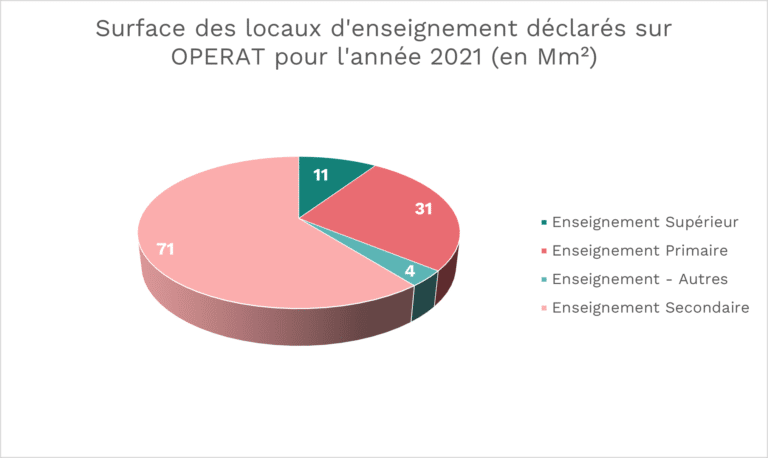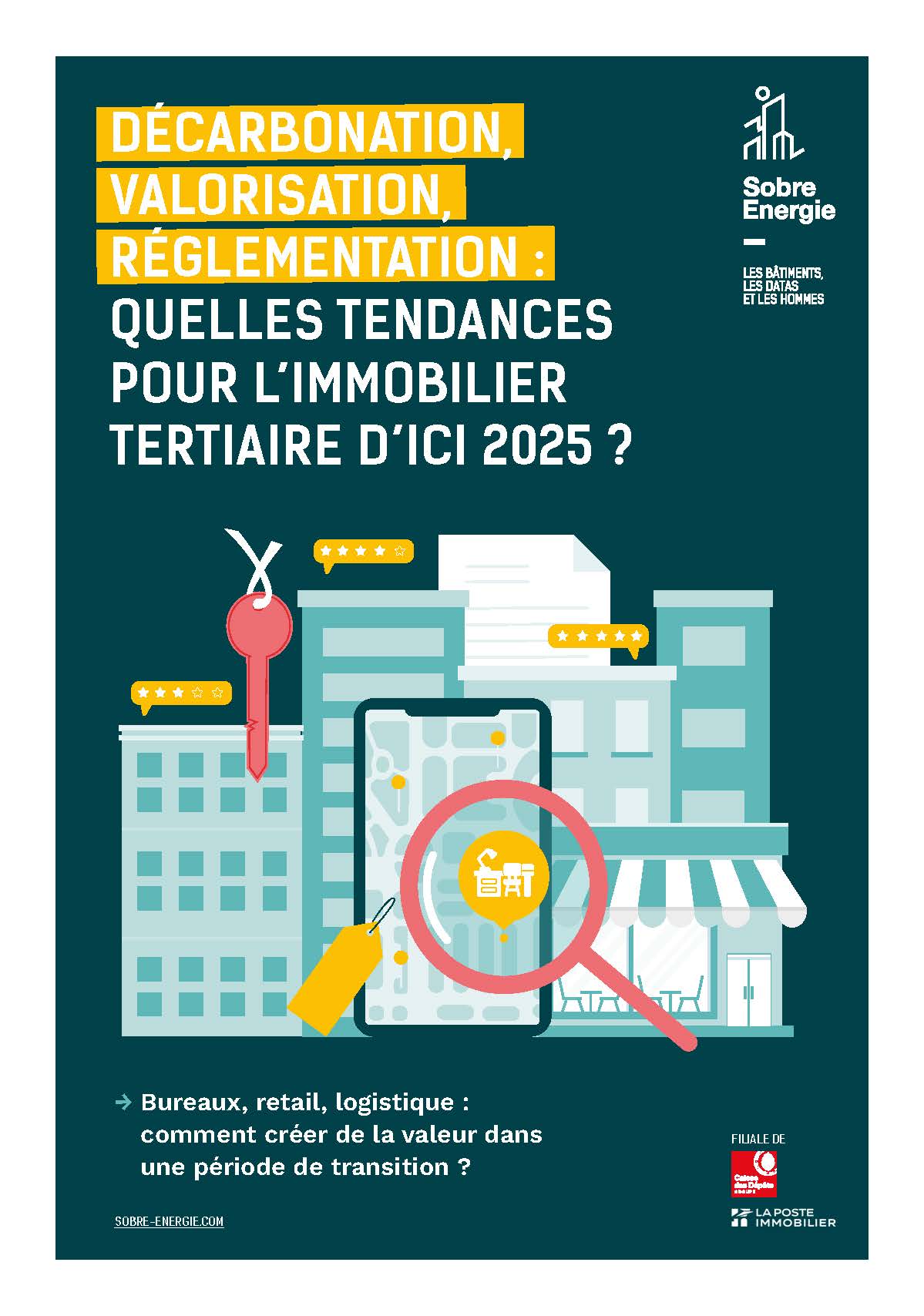The latest figures published by ADEME highlight a crucial issue for local authorities, the majority owners of educational establishments. According to data from the Tertiary Eco-Energy System (DEET), around 50% of tertiary education buildings have not been declared in the OPERAT platform by their owners or tenants . This figure is particularly notable when we consider that tertiary teaching areas represent 21% of the total surface area of tertiary buildings, having a significant impact on overall energy consumption.
In terms of energy consumption and greenhouse gas emissions, these educational buildings have a major role to play. The objective of reducing energy consumption by 40% by 2030, set by law, cannot be achieved without rapid and effective mobilization of local authorities. They must absolutely accelerate their energy declaration and optimization processes to begin a sustainable trajectory. The analysis of ADEME figures underlines the importance of the situation and the need for coordinated and determined action to reduce the energy footprint of educational establishments.
Tertiary decree declaration: the key figures

71% of educational establishments are secondary, which shows an over-representation of departments in the OPERAT database compared to primary schools, which are much more numerous.
For example, there are more schools (31%) than colleges (71%). This underlines that the municipalities, responsible for primary schools of more than 1000 m², must indeed accelerate their procedures.
With such an imposing park, what actions should be put in place to comply with the Tertiary Decree?
How to comply with the Tertiary Decree?
Since September 30, 2023, all taxable persons must have declared their energy consumption for the year 2022 on the Ademe OPERAT platform. Consumption for the year 2023 must be declared before September 30, 2024.
Each has been assigned an objective in absolute value or in relative value to be achieved by 2030. And now each subject functional entity receives a Tertiary Eco Energy Rating, year after year, with the declaration of the current year and a note to attest or not to its reduction in consumption.

This note will be made public and annexed to the sale or rental document for the property. An energy-efficient property will see its value increase and, on the contrary, a very energy-intensive property will be discounted.
The energy audit: the key to your Tertiary Decree compliance
Energy audits on our SAAS Data MARC software allow you to simulate the implementation of a predefined scenario or compose your bouquet of actions with financial projections and energy savings, according to your ROI and objectives linked to the Tertiary Decree.
At Sobre Energie, our digital audits are integrated into our energy management platform, within a specific module.
Finance your compliance with the Tertiary Decree
1. Public establishments
Sobre Energie is a winner of the Edurenov program. This new program financed by our partner La Banque des Territoires is aimed at communities for their work on school buildings:
- Schools
- Colleges
- High schools
Announced objective: scale up energy renovation, with 10,000 establishments renovated in 5 years, achieving at least 40% energy savings.
For this, the Banque des Territoires will finance €2 billion of work.
2. Private establishments
It is possible to promote certain work via Energy Savings Certificates (EEC). Thanks to the CEE system, the State obliges energy and fuel suppliers (the “obligated”) to help consumers save energy. Private education buildings are eligible, through our partner Energy Savings (EDE).
As with the installation of a BMS (Technical Building Management) to centralize the control of heating, cooling or lighting equipment. A GTB can provide savings of up to 30% on a tertiary building. And this investment can be financed in CEE with the BAT-TH-116 form.
The amount of the energy bonus is calculated based on the volume of energy saved estimated at the end of the energy renovation work carried out. This calculation is based on the Cumac unit of measurement kilowatt hour (kWh).
The term Cumac comes from the contraction of “cumulative” and “discounted”. In other words, 1 kWh Cumac is one kilowatt hour saved during the lifespan of the installed equipment and taking into account the evolution of performance of new equipment appearing on the market.
Sobre Energie carried out energy audits for the University of Lille, discover how they allowed the establishment to prioritize its investments, within very short deadlines.
